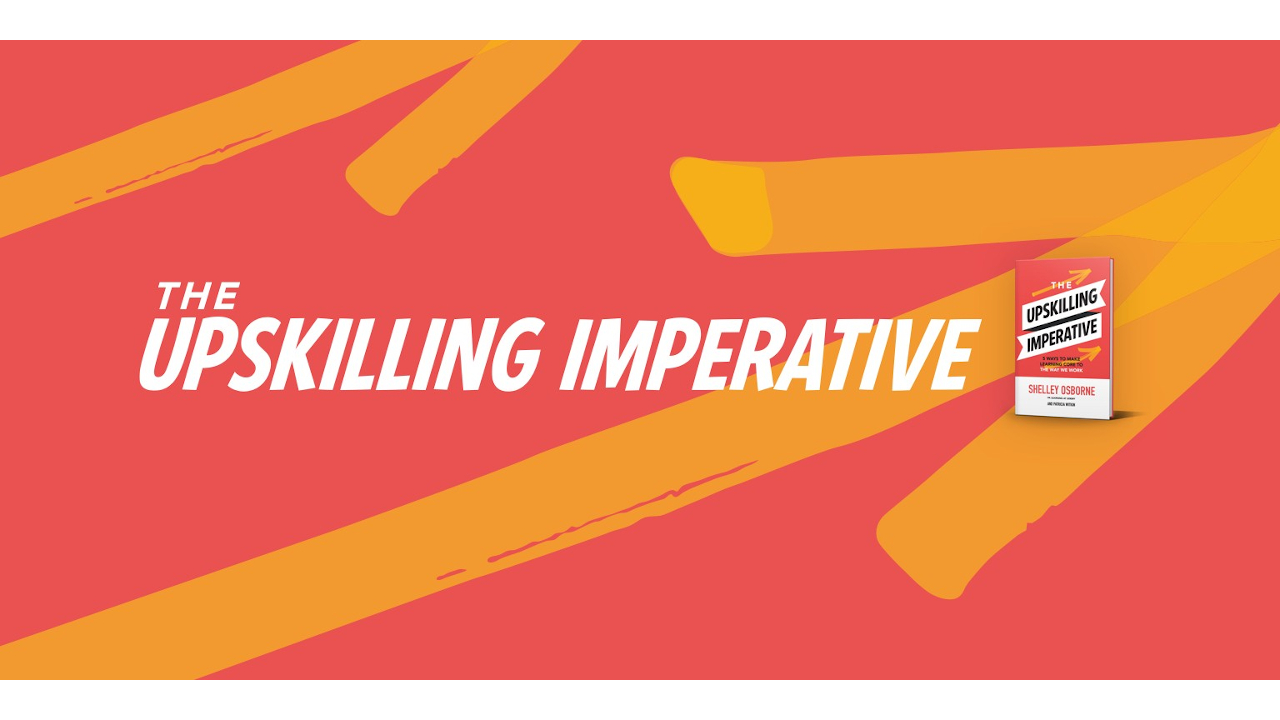
5 steps to develop a learning culture at work
Originally posted on The Horizons Tracker.
Modern life is nothing if not fast-paced and awash with change. Darwin famously said it’s the most adaptable that tend to survive, but whereas evolutionary change tends to happen over incredibly long timeframes, modern shifts are played out in ever-shortening periods. It’s created a world in which the speed of learning is a competitive advantage, both for individuals and organizations.
Of course, learning organizations are not necessarily a new thing, but their nature has changed. The first-generation of the learning organization reached its nadir with the continuous improvement movement launched by W. Edwards Deming and encapsulated by Japanese car giant Toyota, whose quality circles, kaizen, and takt time quickly spread throughout the manufacturing sector.
A second-generation then emerged to try and enable organizations to leap successfully from their current sphere to new spheres. This is a world that tries to overcome the innovator’s dilemma by learning new things even when their current strength remains powerful. Netflix, for instance, shifted from DVD rental to streaming.
Now, however, we’re in a third-generation of the learning organization, with new technologies speeding up the rate at which we can both absorb new information and test our assumptions. This is coupled with a need to deploy those learnings over longer timescales as problems take on a global and complex nature.
Creating a culture of learning
Creating such a culture of learning is something Shelley Osborne, Vice President of Learning at Udemy suggests needs five steps to be undertaken in her latest book The Upskilling Imperative:
- Develop and foster agile learners – Much has been written about the importance of being open to new thinking and adaptable to the changing environment, and Osborne believes that leaders need to cultivate such a mindset in employees if a learning culture is to be developed.
- Feedback is fuel for learning cultures – For personal and organizational growth to be achieved, it’s vital that the organization strives for the kind of psychological safety that Amy Edmondson has written so eloquently about. It’s only in such cultures that the kind of candid feedback that is such a crucial part of learning can be achieved.
- Think like a marketer to drive learning and development – Osborne argues that a long period of poor training initiatives has tarnished the brand of learning and development within the workforce. As such, she believes that the learning profession needs to think more like marketers so that not only are they providing the support for learning at all times, but that employees appreciate the importance of doing so.
- Put learning into the flow of work – For a long time, learning has been seen as a distinct activity that is done away from one’s day-to-day work. The need for learning to be brought alongside our daily activities was also emphasized by The Guardian Life Insurance Company of America’s CEO Deanna Mulligan in her recent book Hire Purpose. This can be achieved by the provision of bite-sized learning, whether via tuition, mentoring, or learning from our peers in the kind of tacit knowledge exchange that has been the bedrock of knowledge management for decades.
- Signal the value of learning – It’s pretty rare for organizations not to bemoan the shortage of skills in their sector, especially in scientific and technical disciplines. Despite this, various surveys also reveal that employees are starved of learning opportunities, with any learning typically done in their own time as managers crack the performance whip. Hiring your way out of this skills gap isn’t a sustainable approach, so organizations need to get better at upskilling the workforce.
Given the importance of the topic, the book isn’t the only one to explore it, and Hire Purpose itself provides an interesting contrast. Whereas The Upskilling Imperative looks at matters purely from an organizational perspective, Hire Purpose does this while also expanding the scope into broader, societal, and policy challenges as we attempt to grapple with the human capital aspects of the 4th industrial revolution.
This broader perspective is likely to be crucial, especially as economic disruption and the rise of itinerant work means people fall outside of the traditional employment model through which so much learning and development take place. It also touches on the importance of updated thinking about credentials to ensure that the various new forms of learning are recognized in the workplace, whether locally, nationally, and internationally.
Both offer a different perspective on what is an increasingly important topic and are perhaps best read in partnership to ensure a rounded view is obtained.
Article source: 5 Steps To Develop A Learning Culture At Work.





